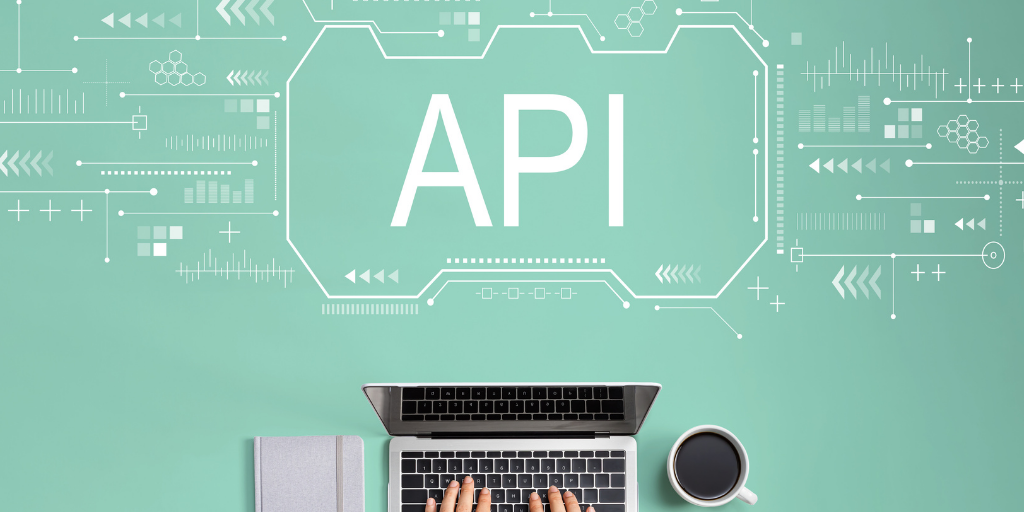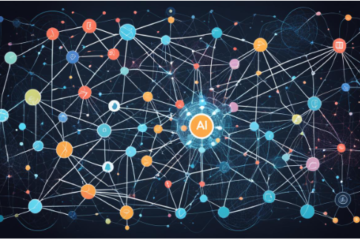In the complex world of software development, debugging and troubleshooting are essential to ensure the smooth operation of applications and systems. With the increasing reliance on Application Programming Interfaces (APIs) for communication between different software components, effective debugging and troubleshooting tools have become more critical than ever.
API observability offers valuable insights and capabilities to streamline debugging and troubleshooting. Let’s explore.
Understanding API Observability
API observability refers to the ability to monitor, analyze, and understand the behavior and performance of APIs in real time. It involves collecting data on various aspects of API interactions, such as request and response times, error rates, and resource utilization. By gaining visibility into these metrics, developers can identify issues, optimize performance, and ensure the reliability of their APIs.
The Role of API Observability in Debugging
API observability plays a crucial role in debugging by providing developers with the tools and information to identify and resolve issues efficiently. Here’s how API observability aids in the debugging process:
1. Real-time Monitoring:
API observability platforms enable developers to monitor API performance metrics in real-time. By tracking metrics such as response times and error rates, developers can quickly identify abnormalities or issues within the API.
2. Error Detection and Diagnosis:
APIs often encounter errors during operation, such as server errors or invalid requests. API observability tools can detect these errors and provide detailed diagnostic information, such as error codes and stack traces, to help developers pinpoint the root cause of the issue.
3. Request Tracing:
API observability platforms allow developers to trace individual API requests as they traverse the system. This capability helps developers better understand the flow of requests, identify bottlenecks, and diagnose performance issues.
4. Log Analysis:
API observability tools can analyze logs generated by API servers and client applications. By examining log data, developers can gain insights into the API’s behavior and diagnose issues related to authentication, authorization, and data processing.
5. Performance Optimization:
API observability helps optimize API performance in addition to debugging. By analyzing performance metrics and identifying bottlenecks, developers can make informed decisions to improve their APIs’ efficiency and scalability.
6. Granular Data Analysis:
API observability platforms provide developers with granular insights into API behavior by analyzing detailed metrics and logs. This granular data analysis allows developers to identify specific patterns or anomalies that may indicate underlying issues, enabling more targeted debugging efforts and faster problem resolution.
7. Collaboration and Communication:
API observability tools facilitate collaboration and communication among development teams by providing a centralized platform for sharing insights, discussing issues, and coordinating debugging efforts. Developers can collaborate in real-time, share diagnostic information, and work together to diagnose and resolve problems efficiently, improving overall team productivity and effectiveness in debugging efforts.
The Role of API Observability in Troubleshooting
In addition to debugging, API observability also plays a crucial role in troubleshooting, which involves identifying and resolving issues in production environments. Here’s how API observability aids in troubleshooting:
1. Anomaly Detection:
API observability platforms can detect anomalies in API behavior, such as sudden traffic spikes or unexpected performance metrics changes. These anomalies may indicate underlying issues that require investigation and resolution.
2. Root Cause Analysis:
When issues occur in production environments, it’s essential to identify their root causes quickly. API observability tools facilitate root cause analysis by correlating data from various sources, such as logs, metrics, and traces, to pinpoint the underlying factors contributing to the issue.
3. Incident Response:
API observability platforms provide developers with the tools and information to respond to incidents promptly. By alerting developers to issues in real time and providing diagnostic information, these platforms help minimize downtime and mitigate the impact of incidents on users.
4. Continuous Improvement:
API observability enables organizations to continuously monitor and analyze their APIs’ performance, identify areas for improvement, and implement changes to enhance reliability and efficiency.
6. Performance Degradation Analysis:
API observability tools enable developers to analyze performance degradation issues by tracking performance metrics over time. By comparing historical data and identifying trends, developers can pinpoint changes in performance and investigate the underlying causes, such as increased latency or reduced throughput.
7. Dependency Analysis:
APIs often depend on other services and components in complex distributed systems to function properly. API observability platforms help developers analyze dependencies between different services and identify issues related to service outages, network failures, or changes in upstream dependencies. This dependency analysis is crucial for troubleshooting issues that span multiple components.
8. Load Testing and Simulation:
API observability tools can simulate and analyze the performance of APIs under different load conditions. By conducting load testing and simulation exercises, developers can identify potential performance bottlenecks, predict how the API will behave under heavy loads, and proactively address scalability issues before they impact users. This proactive approach to troubleshooting helps organizations maintain the reliability and availability of their APIs in dynamic environments.
Conclusion
In short, API observability plays a crucial role in debugging and troubleshooting, offering developers valuable insights and capabilities to identify and resolve issues efficiently. By monitoring API performance metrics, detecting errors, tracing requests, analyzing logs, and optimizing performance, API observability helps developers ensure the reliability and efficiency of their APIs in production environments.
Stay in touch to get more updates & news on Gossips!




